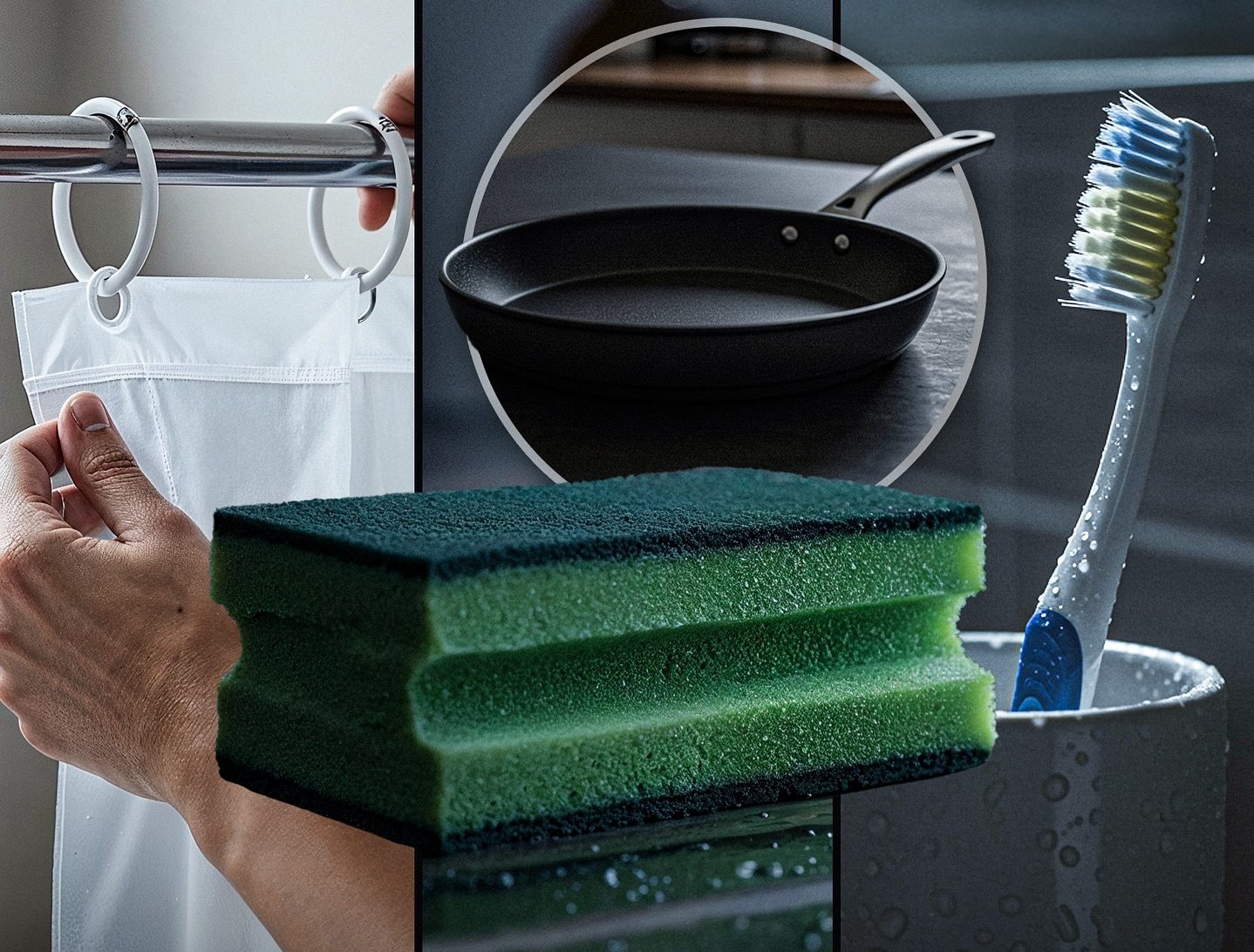Things You Didn’t Know You Should Replace Regularly — From Toothbrushes to Mattresses, Here’s How Long They Really Last
We all have items in our homes that we use daily, often without thinking twice about how long they’ve been around. It’s easy to assume that as long as something looks fine or still works, it’s good enough. But the truth is, many everyday essentials wear out or collect bacteria long before we realize it. Replacing them on time doesn’t just make life more comfortable, it also keeps us healthier. Let’s walk through some of the most common household items, how often experts say you should swap them, and why waiting too long can come back to bite you.
Frying Pan – Every 3 Years
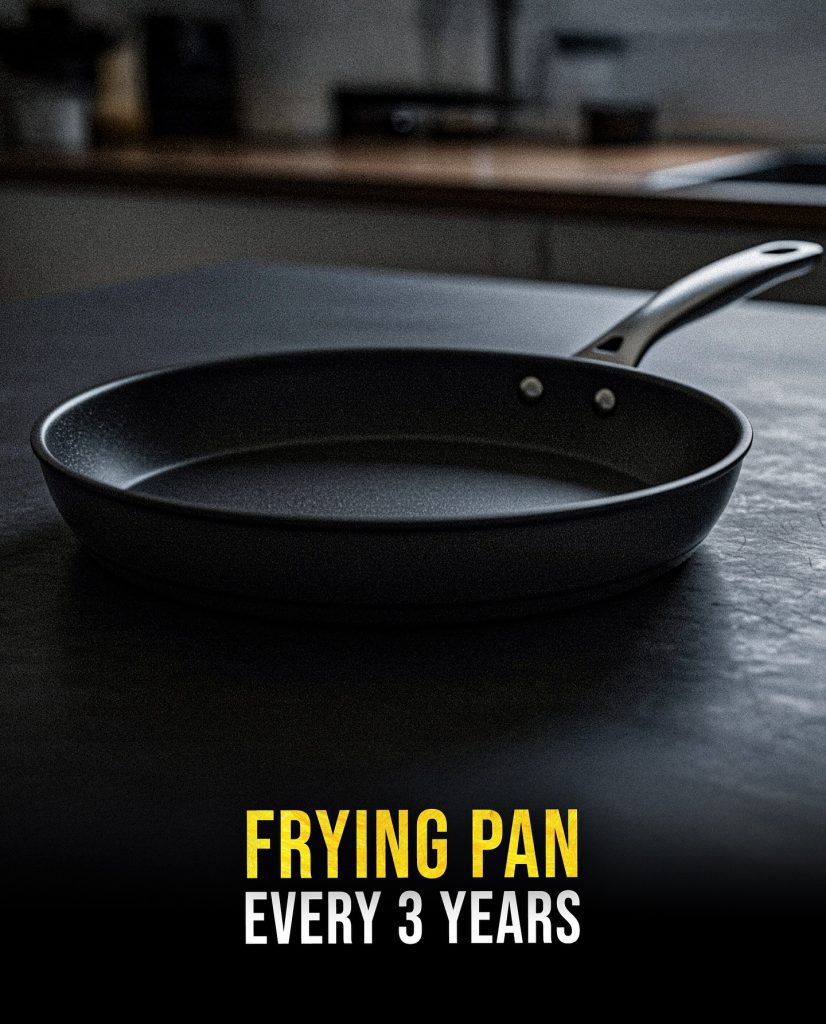
It’s amazing how attached we get to our frying pans. A favorite pan feels like an old friend—you know exactly how it heats, how much oil it needs, and how your food turns out. But nonstick pans have a quiet expiration date. Over time, the coating wears down, sometimes even flaking off. Not only does this make cooking harder, but it can also lead to unwanted chemicals in your food if the coating is damaged. Experts recommend replacing nonstick pans every three years, or sooner if you notice scratches, peeling, or food sticking more than it used to. A fresh pan can make cooking easier, healthier, and actually more enjoyable.
Mattress – Every 7 Years
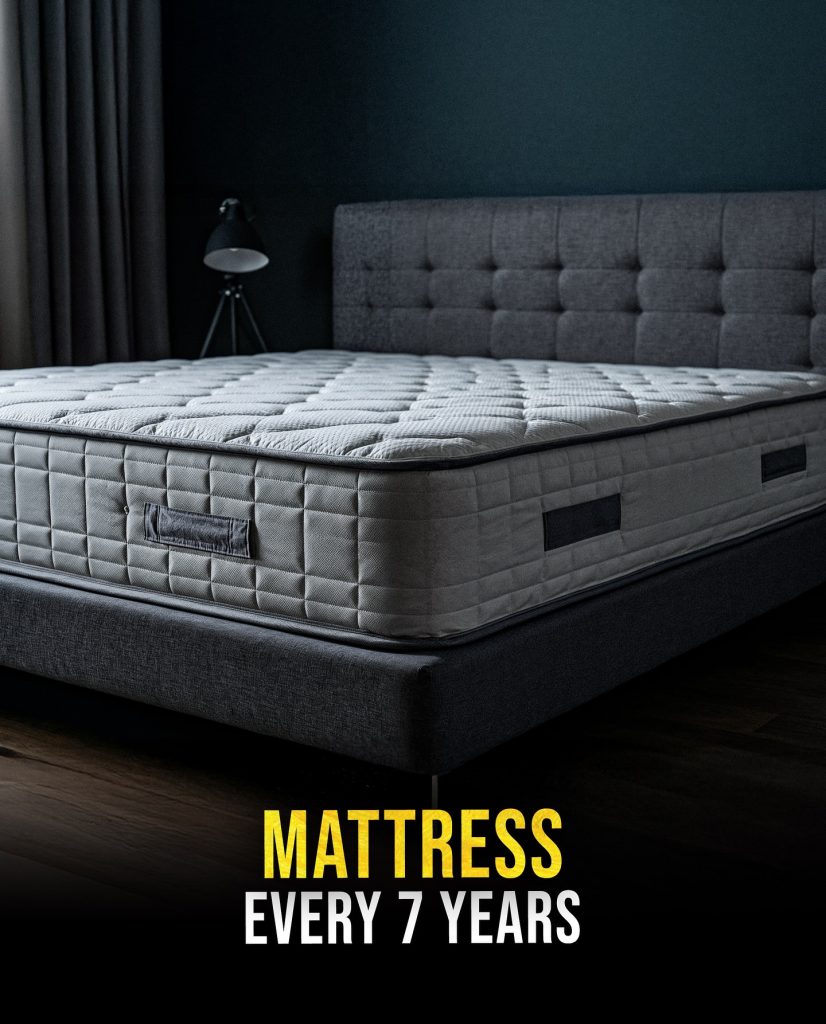
Think about it: we spend about one-third of our lives sleeping. That’s a lot of hours on a mattress. While most mattresses are built to last, seven years is about the point where support and comfort begin to decline. Even if it looks fine, your body feels the difference. An old mattress can cause back pain, restless sleep, and leave you feeling less refreshed in the morning. Dust mites and allergens also build up in the material over time, no matter how often you clean your sheets. If your mattress is sagging, lumpy, or older than seven years, it’s time to invest in a new one. Your sleep and health are worth it.
Pillow – Every Year
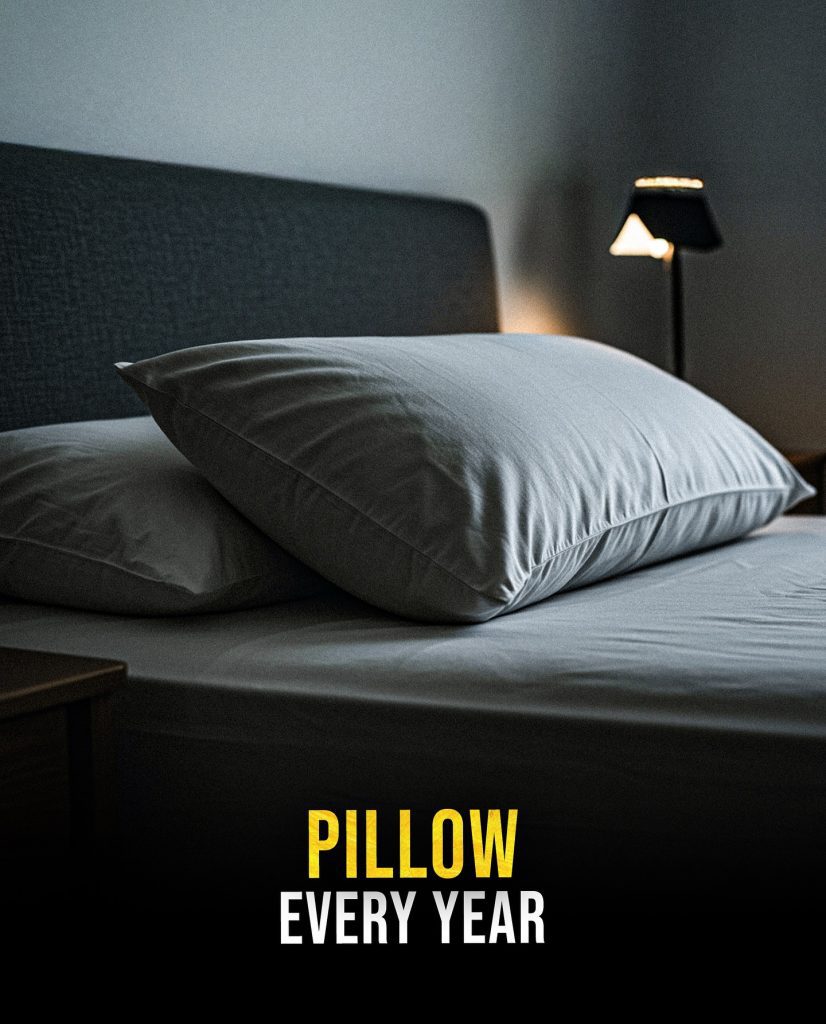
Pillows might not seem like something that needs frequent replacing, but they’re actually one of the dirtiest items in the bedroom. Over time, pillows fill with dust, sweat, oil, and even mold spores. No matter how often you wash the pillowcase, the inside keeps absorbing everything. This can lead to allergies, acne, or just poor-quality sleep because the pillow loses its shape. A good pillow should provide proper neck and head support, and after a year, most are simply worn out. Replacing your pillow yearly keeps your sleep fresh, comfortable, and far more hygienic.
Refrigerator Water Filter – Every 6 Months
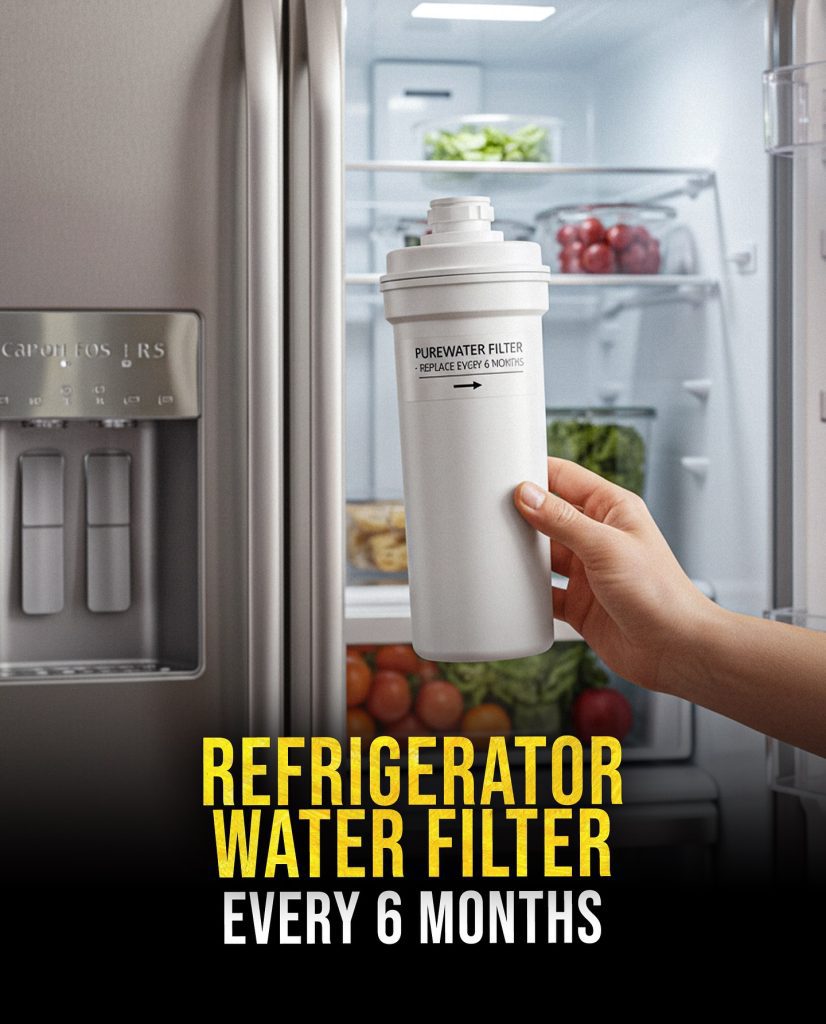
That cold glass of water from your fridge might feel refreshing, but only if the filter is doing its job. Over time, refrigerator water filters become clogged with the very things they’re supposed to catch—impurities, bacteria, and even mold. If it’s been longer than six months since you replaced yours, you’re probably drinking less-than-clean water. Replacing the filter every six months ensures that your water stays fresh, safe, and free from unpleasant tastes or hidden bacteria.
Vacuum Filter – Every 6 Months
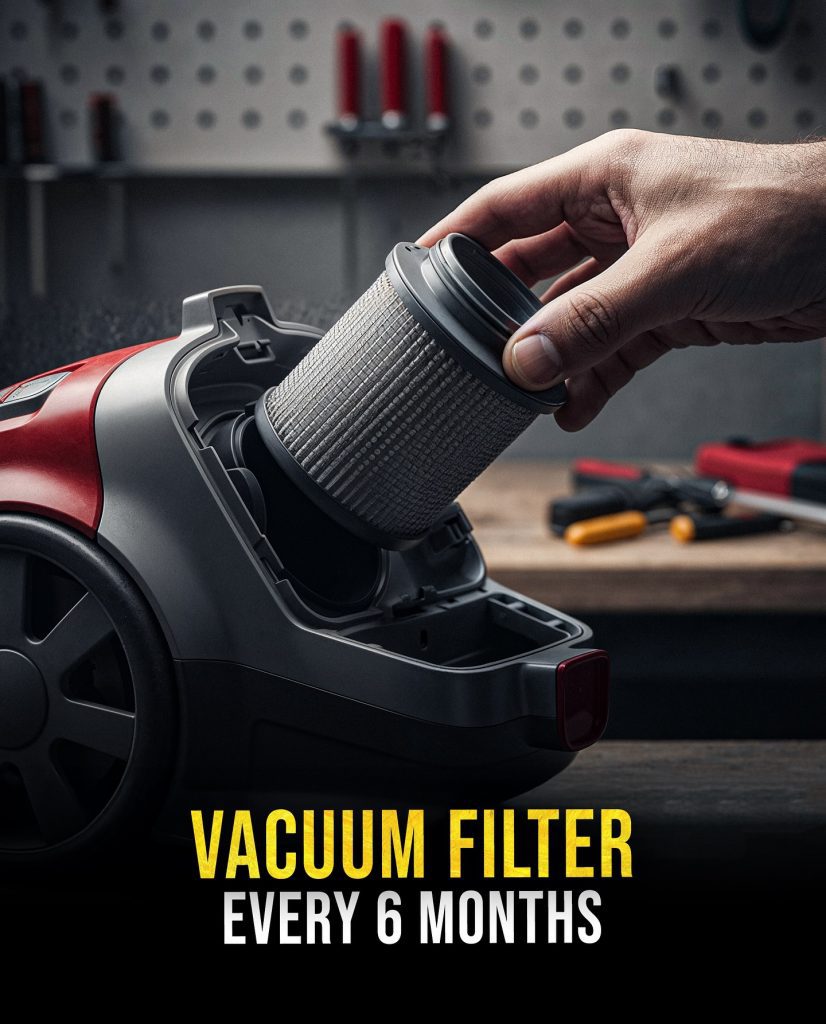
Vacuum cleaners work hard to pick up the dirt, dust, and allergens from our homes. But the filter inside them takes the biggest hit. If you’ve noticed your vacuum doesn’t seem to pick up as much as it used to or it smells musty while running, it’s probably time to swap the filter. Experts suggest replacing vacuum filters every six months for best performance. Not only will your vacuum last longer, but your home will stay cleaner and healthier, especially for anyone with allergies.
Socks and Underwear – Every 6 Months
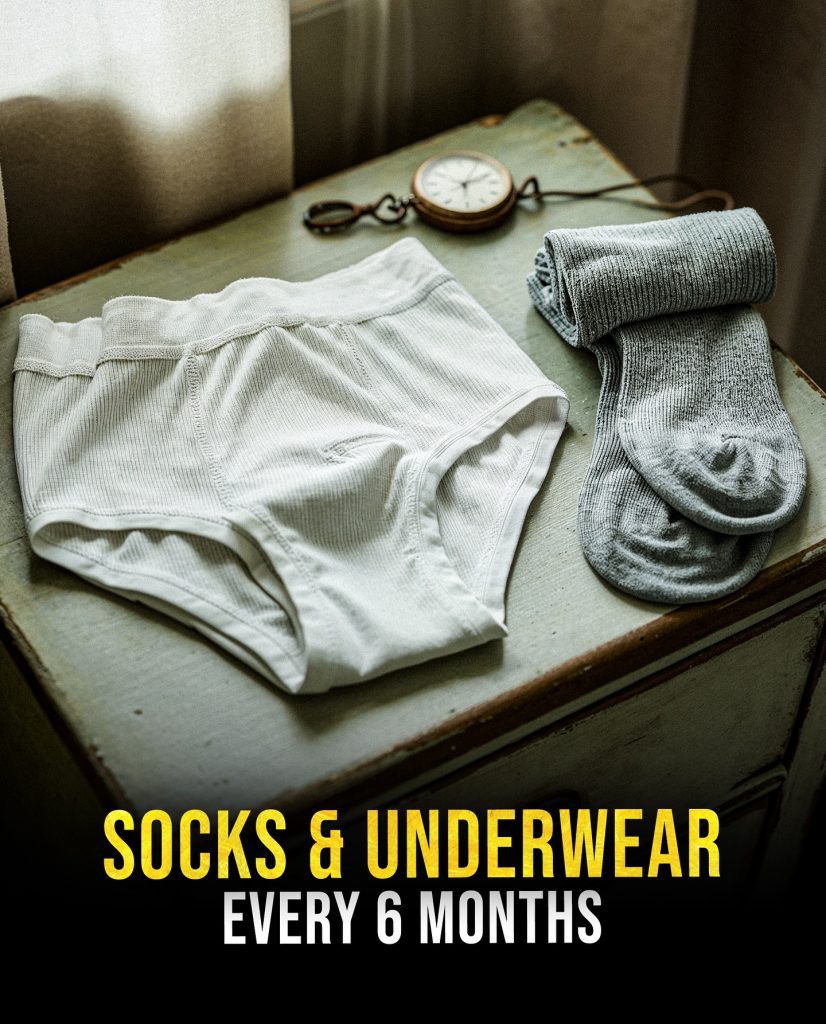
It’s easy to hang on to old socks and underwear until they’re practically falling apart, but fabric doesn’t last forever. Over time, elastic breaks down, fabric gets thin, and even after washing, bacteria can remain trapped in the fibers. That can cause odors, irritation, or just plain discomfort. Refreshing your sock and underwear drawer every six months might feel like a small thing, but it makes a big difference for hygiene and comfort.
Toothbrush – Every 3 Months
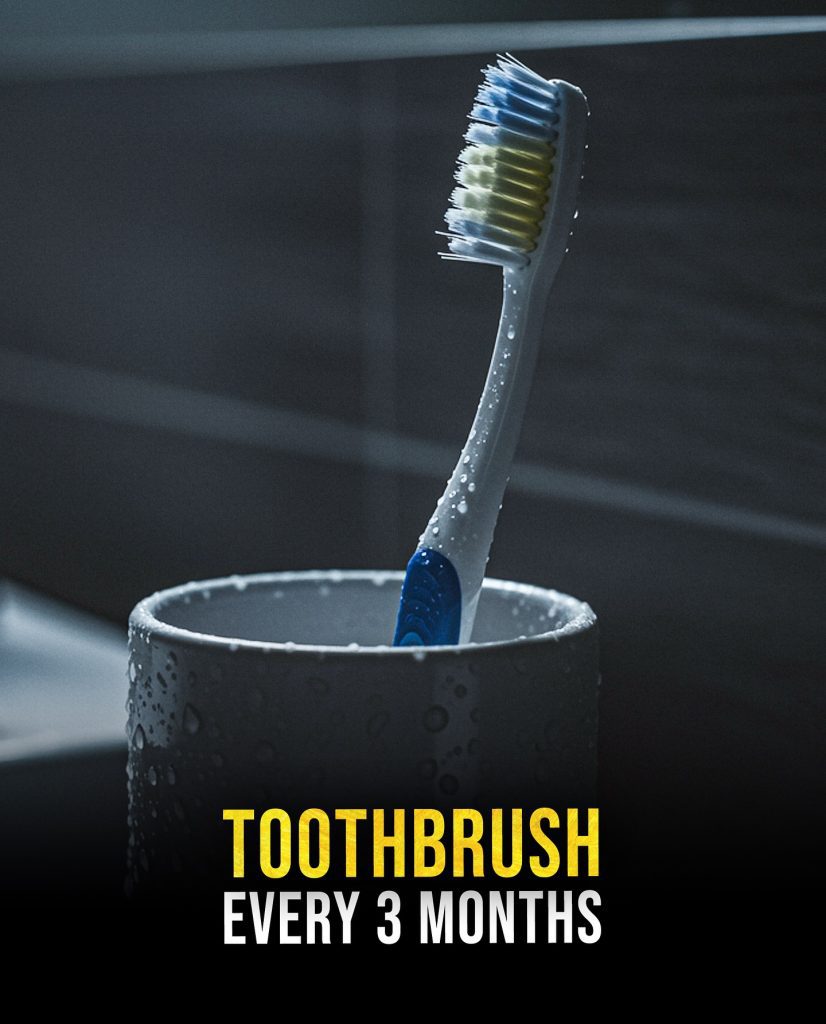
Dentists are clear about this one: your toothbrush should be replaced every three months. After weeks of daily use, the bristles wear out, bend, and lose their ability to clean your teeth properly. A worn toothbrush leaves behind plaque and bacteria, increasing your risk of cavities and gum problems. Plus, toothbrushes collect germs just by sitting in the bathroom. A fresh toothbrush every three months keeps your smile healthier and brighter.
Shower Curtain Liner – Every 6 Months
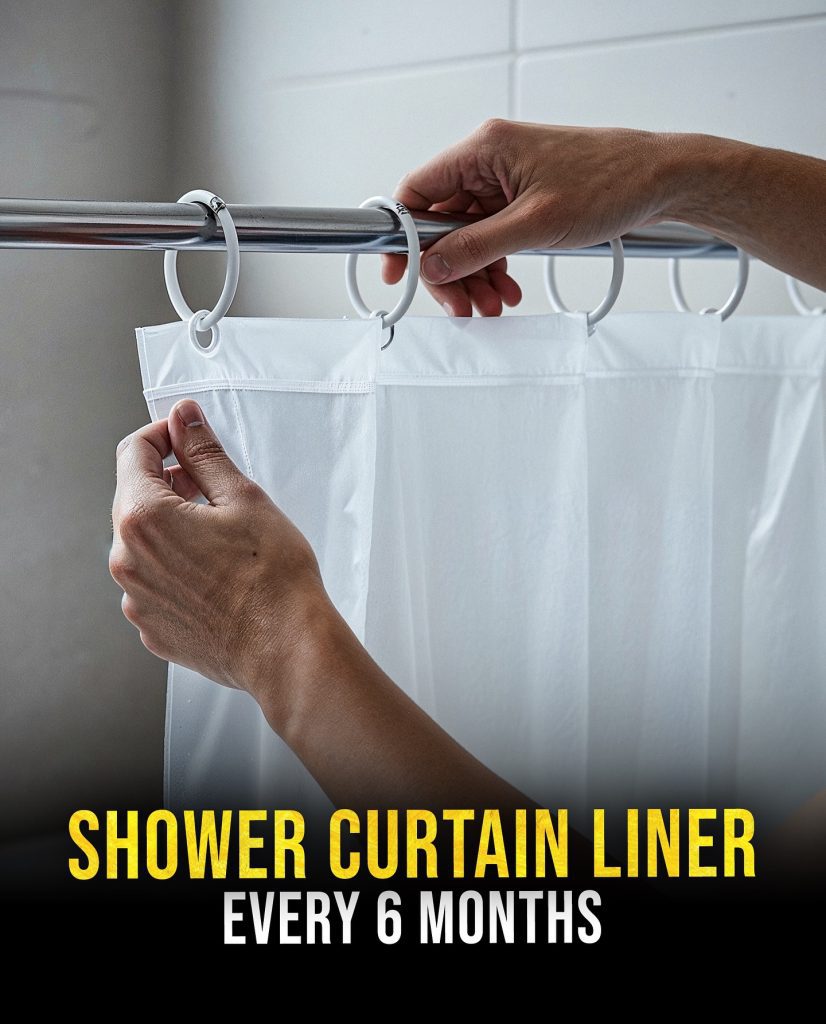
Shower curtain liners might not seem like a big deal, but they’re a hidden hotspot for mold and mildew. With constant exposure to water, they collect soap scum, bacteria, and stains that are hard to clean. Even if you wash them, liners usually don’t bounce back to their original condition. Replacing them every six months is an easy way to keep your bathroom looking fresh and prevent bacteria from spreading where you clean yourself every day.
Kitchen Sponge – Every Week
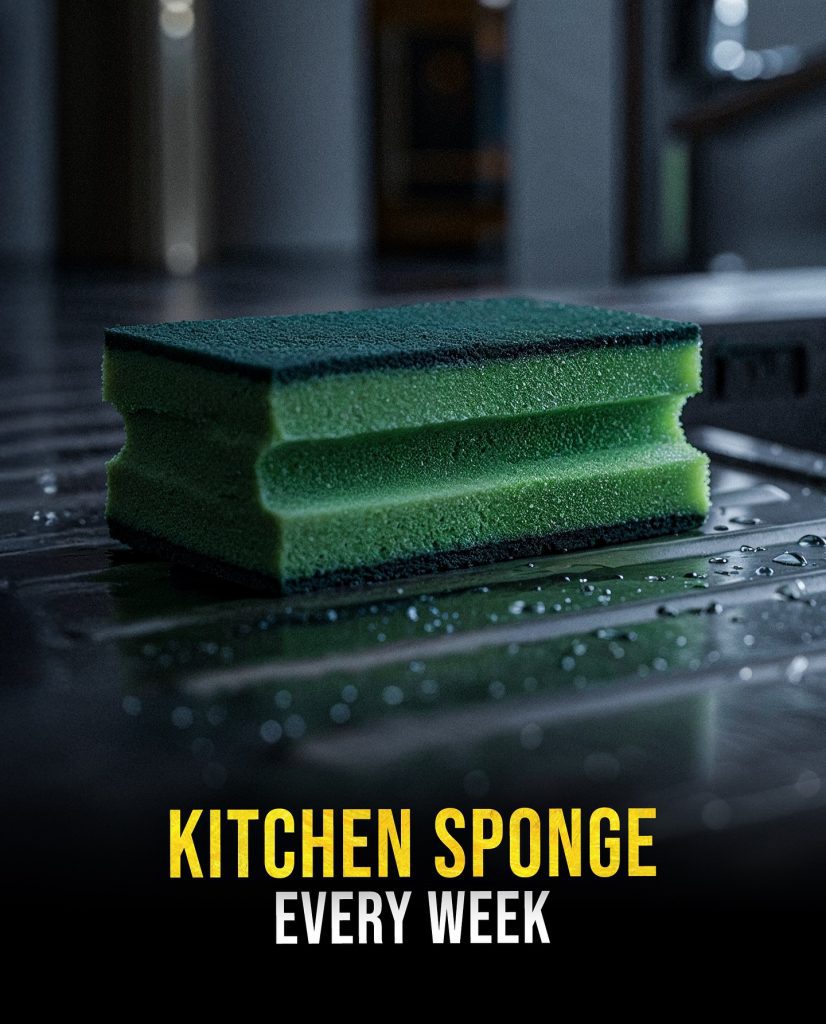
This one surprises almost everyone. The kitchen sponge is, without a doubt, one of the germiest items in the house. Used to wipe down dishes, counters, and spills, it collects bacteria and spreads them around if not replaced often. Studies have shown that sponges can hold more germs than a toilet seat. That’s why experts recommend replacing your sponge weekly. It’s such a simple change, but it can dramatically cut down on germs in your kitchen.
Final Thoughts
It’s funny how some of the smallest, most ordinary items in our homes can quietly lose their usefulness long before we notice. From the toothbrush you use every morning to the mattress you sleep on every night, everything has a lifespan. Replacing these items regularly isn’t about being wasteful—it’s about protecting your health, keeping your home clean, and making sure the things you use every day actually serve you well. Next time you wonder why your sleep feels rough, your water tastes off, or your vacuum doesn’t quite clean like it used to, it might not be you—it might just be time for a replacement.

